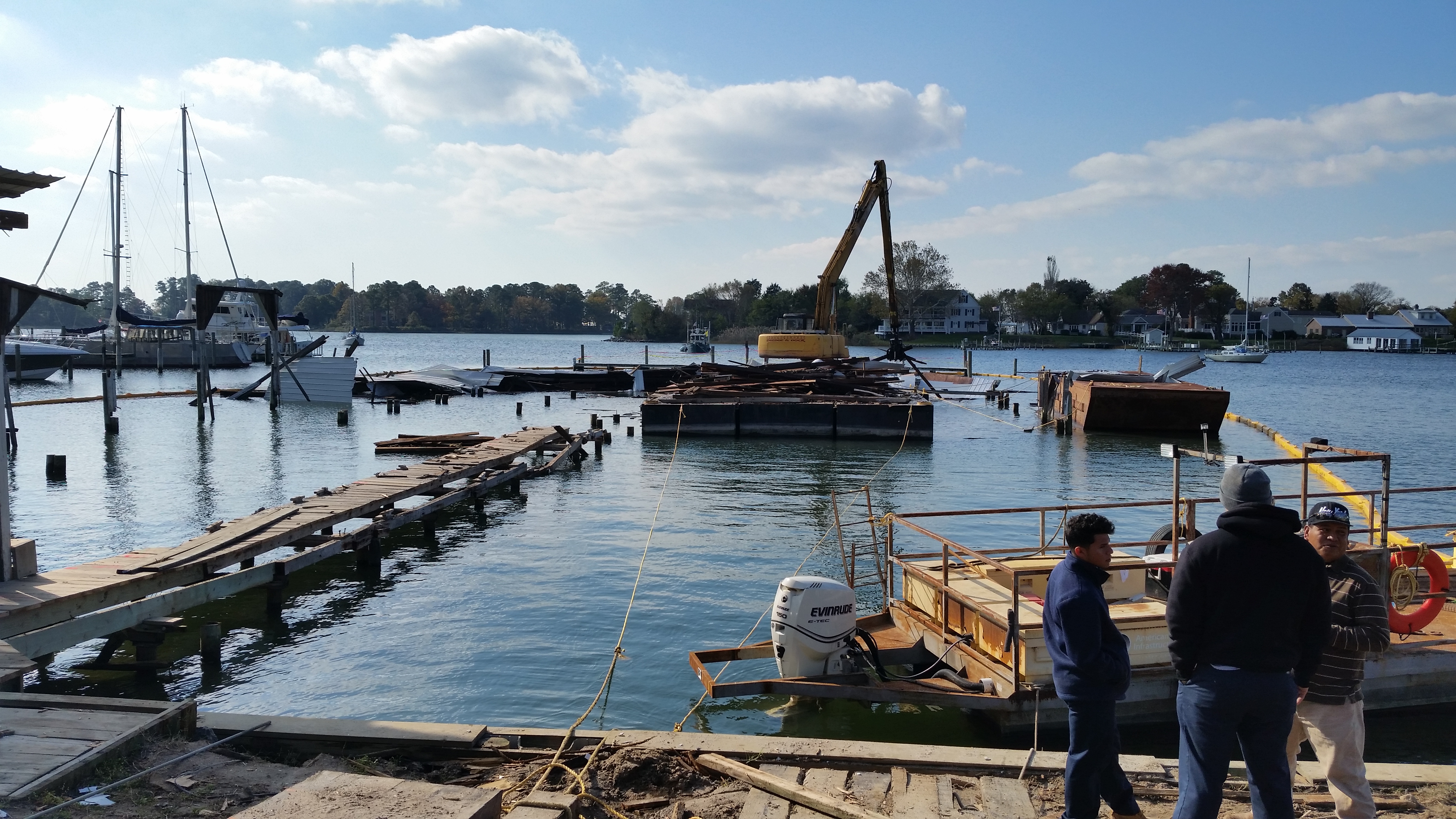

Some common mechanical dredgers are briefed as follows:

These are equipped with a grab or a bucket, which is driven on the loose bed sediments, then material get filled in the bucket and the bucket is then raised to transport it to the requisite disposal site. These are available in a variety of forms, but each has the same working principle of “hand-packing”. Whether mechanical or hydraulic, the different types of dredgers that help in the removal of the seabed sediments are: 1. Related Read: Cristobal Colon: The Largest, Hi-tech Ocean Dredger Other dredgers do not fit into the above two categories.Hydraulic dredgers work on the principle of adding large amounts of process water to change the original structure of the sediments, and.Mechanical dredgers which are suited for working in confined areas and are useful for removing the hand-packed material or debris,.Reclamation of areas damaged by oil spills or natural calamitiesĪlthough dredging can have very harmful effects on the marine and aquatic environment, in some situations it may be the only option available.īroadly the types of dredgers are classified into three categories (On the basis of the method employed for transportation, of dredged material from the bottom of the sea to the surface of the water):.Removal of contaminants from the sea bed.for replenishing the sand on public beaches which might have undergone severe coastal erosion.making water navigation or fishing easier in shallow waters.The sediments might be gathered for purposes like: The excavation carried out in either shallow or fresh waters with the aim to gather up the sediments located in the bottom to dispose of at another place is called Dredging. from the seabed is referred to as a dredger ship or more commonly a dredger.ĭredgers are of great importance, as they serve the purpose of ensuring the necessary safe bottom clearance for safer voyages. In a more general sense, a ship equipped with an excavation tool that is capable of weeding off depositions such as sand, gravel, sediments, etc. Port_Washington_Case_Study.A marine vessel fitted with a device(s) to scrap or suck the sediment deposition over a sea bed is known as a dredger (The device used for excavation and scraping of the sea bed is called the Dredge). Cost estimates are classified by location within the Great Lakes, facility type, dredging project size, and dredging technique used.ĭredging_Data.xlsx spreadsheet contains dredging cost estimates to find similarĬase Study Example: Port Washington HarborĪ written description of the implementation of the tool to at the recreational harbor facilities of Port Washington. Part 1: Infrastructure Repair and Replacement Cost MatrixĬost estimates (per linear foot of structure) for repair/rehabilitation and total replacement of 13 entrance and 15 interior structures typically found at Great Lakes ports, harbors and marinas.Ĭost_Evaluation_Tool.xlsx spreadsheet has been prepared to automatically calculate final costs from infrastructure section lengths and water depthsĭredging cost estimates (per cubic yard) based on actual contracts awarded by the U.S. This tool is comprised of two main components, along with a case study example to illustrate its use. This proactive planning can enhance the resilience of a port, harbor or marina to adapt to, withstand and bounce back from the impacts of Great Lakes coastal hazards. The cost estimates calculated with this tool can help understand the value of the existing infrastructure and anticipate potential future costs that may be required to maintain a functioning facility. This tool provides a framework for non-technical users to estimate the cost to repair and replace Great Lakes port, harbor and marina infrastructure as well as to dredge harbors committed to commercial and recreational navigation. Great Lakes Port, Harbor, and Marina Infrastructure and Dredging Cost Evaluation Matrix Tool A framework to estimate the cost to repair and replace Great Lakes port, harbor and marina infrastructure.


 0 kommentar(er)
0 kommentar(er)
